Escape Special: Connemara’s captivating wilds
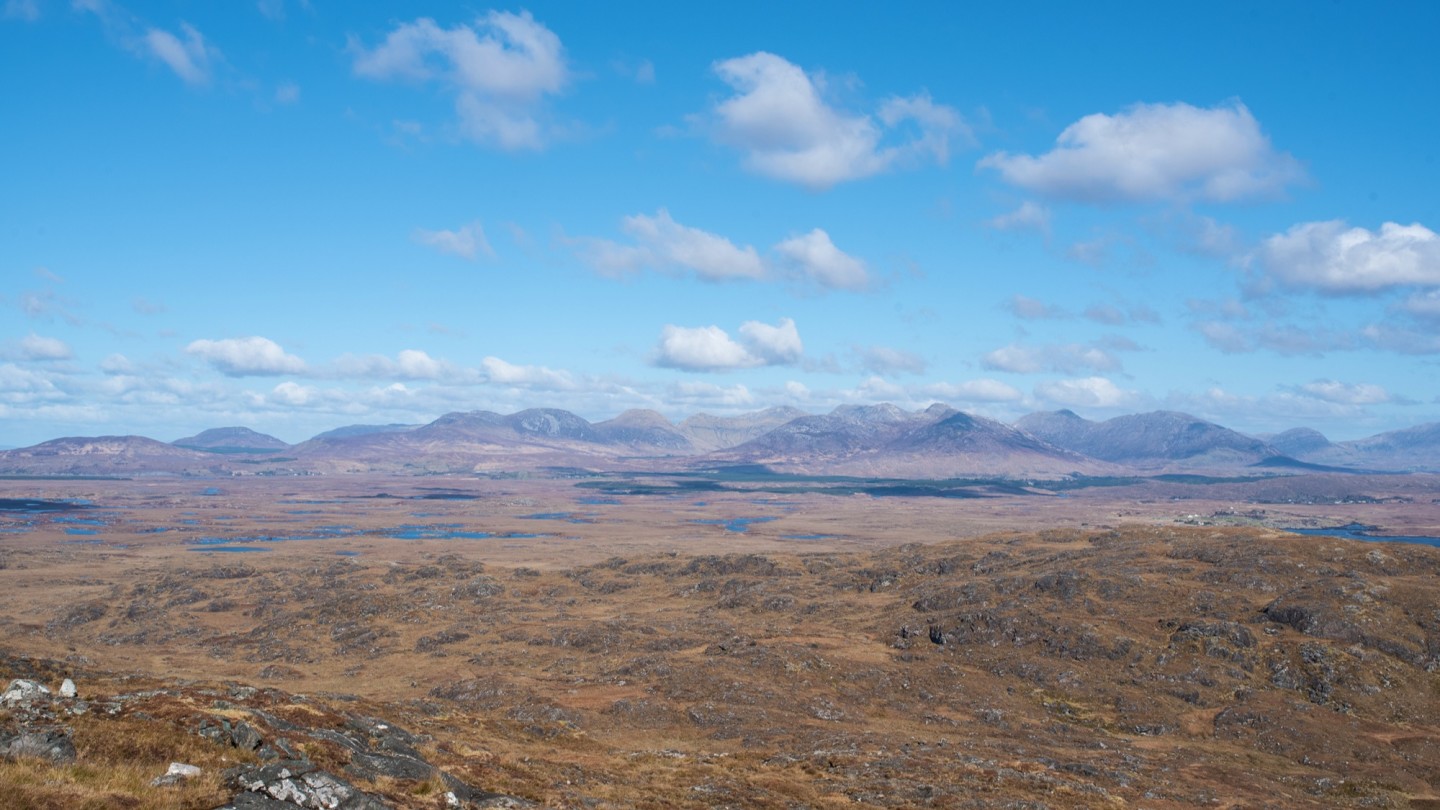
Roula Khalaf, Editor of the FT, selects her favourite stories in this weekly newsletter.
Travel and travel planning are being disrupted by the worldwide spread of coronavirus. For the latest updates, read the FT’s coverage of the outbreak
There are places where nature and sentiment collide, and in doing so create a release that transcends the physical. Such is the wild beauty of Connemara. The isolation, the grand sweep of history, the aloof indifference of the mountains, the sea that changes day to day from emerald to turquoise green and steel to milky blue – all of it combines in a landscape that enters the soul.
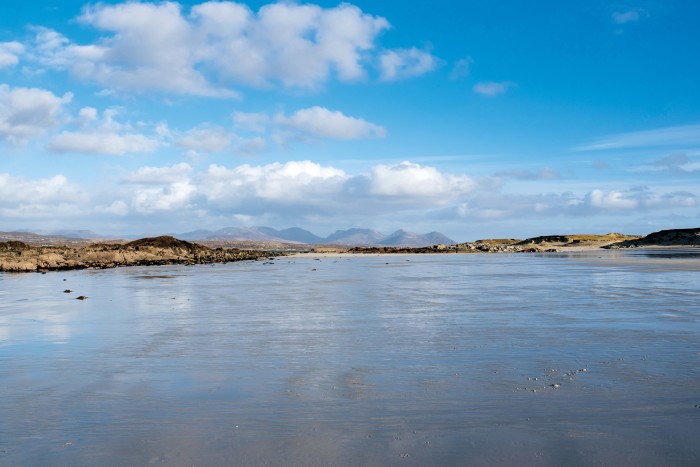
I grew up in this wild region, in west County Galway, where my parents owned a country-house hotel by the sea. I saw then, and continue to see, the impact of this landscape reflected in the faces of those who come here. Soft rain on the cheek, the waft of bog myrtle in the air – the senses awaken to the elements, so that to be truly present here is almost unavoidable. Watching a thundery sky open up, then moments later a shaft of ecclesiastical light – very often a triumphant rainbow – and suddenly the mountains edging their way closer, glowing with a bluish-purple hue, when moments ago they were distant green and brown.
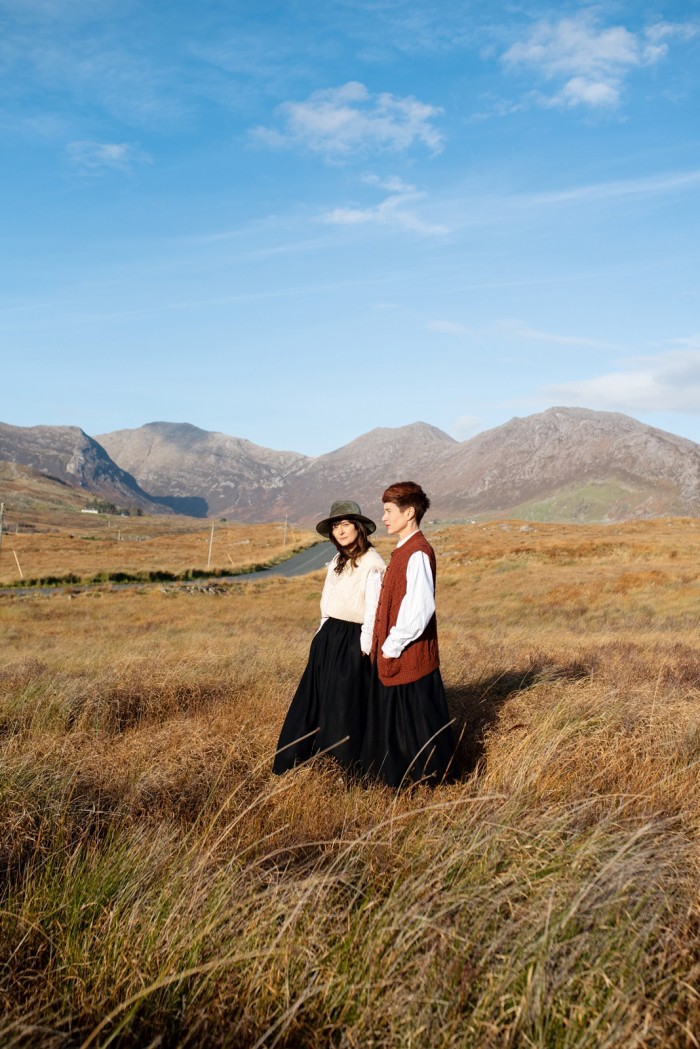
Before reaching this place of captivating brightness, of savage beauty (as, respectively, Seamus Heaney and Oscar Wilde described it), the road to Connemara takes you first to the City of the Tribes: Galway, where the Corrib river rushes at force into the Atlantic. There is a palpable sense of the bohemian in its streets, emanating from the vibrant arts scene and traditions of storytelling and song. Over the past decade, a youthful energy has taken hold here, and a sense of shared enterprise among the restaurateurs and producers has produced a first-rate food culture.
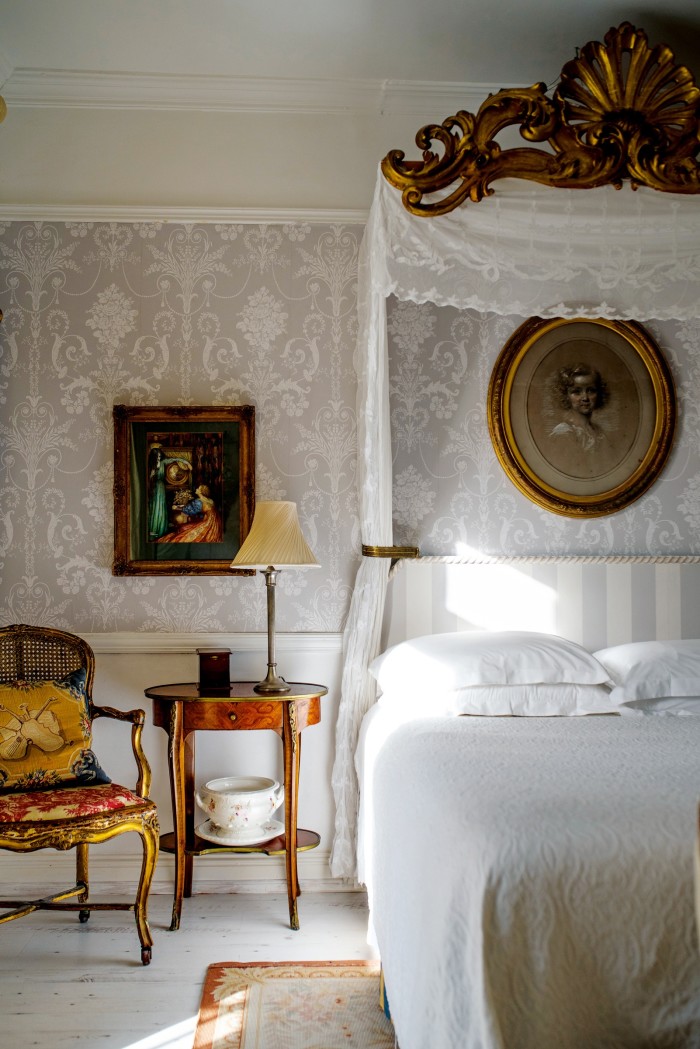
Things are a bit more muted these days, for obvious reasons. But the talent of this community has shown a resilience and strength that can be seen in the innovative ways it is bringing its unique products to the public. Many restaurants have been collaborating with suppliers to create a combination of farm shops and prepared food, maintaining their ethos of offering fresh local produce to customers just as they would have done at the table.
“It takes a village to raise a child, and this pretty much sums up the Galway food scene; [it’s] a community working together for the greater vision of whole-hearted hospitality,” says Jess Murphy, co-owner of Kai in the west end of the city, where creative restaurateurs and retailers have set up shop. Among long-standing favourites are The Universal, a bar with a small menu that far surpasses pub standards; Tartare, a lovely little wine bar-café; Anair, one of the city’s two Michelin-starred restaurants; and America Village Apothecary, currently only online, which sells beautifully blended wild tinctures and tonics, perfect for creating cocktails distilled directly from nature.
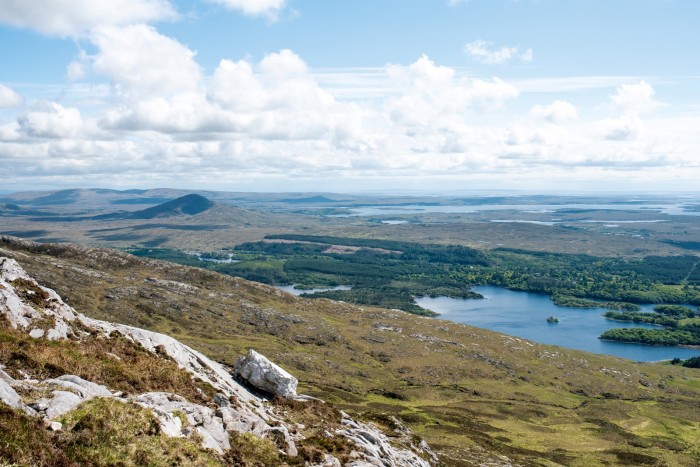
To sit on the upstairs windowsill of Coffeewerk + Press while enjoying a speciality brew has always been a quiet, unique pleasure: listening to owner Dan Ulrich’s vinyl collection and admiring his carefully curated shop space, with a bird’s-eye view of lively Quay Street below. Two doors up, and a perfect counterbalance to Coffeewerk’s coolness, is Tigh Neachtain’s, the archetypal Galway pub, full of character, where in the past, sharing a pint and a chat with a stranger was almost inevitable.
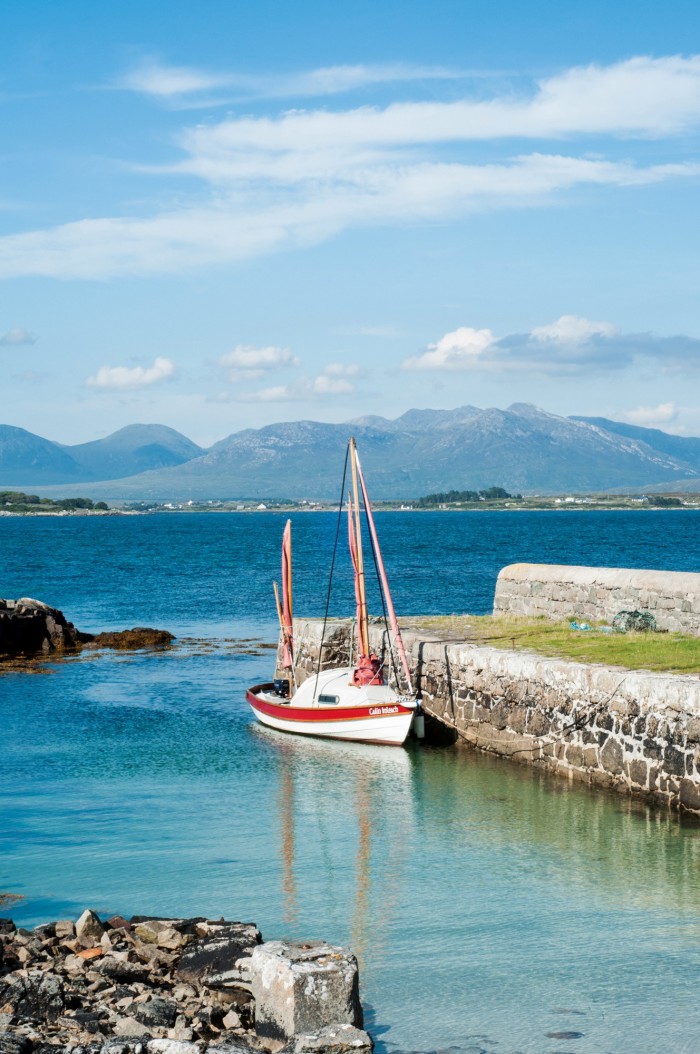
At the bottom of the street – where the river runs into the sea at Nimmo’s pier – and through the Spanish Arch, a little red sign beckons to Ard Bia at Nimmo’s, a restaurant and gallery with a special ambience. Owned by Aoibheann McNamara and run by Amelia Colleran with chef Ronan Reynolds, it has long been in the vanguard of Galway’s food scene. It’s a convivial place, serving local produce with touches of Lebanese and north African flavours. The team, food and space are all infused with the vibe of a creative production, radiating the energy of live theatre.
As you leave the city and head west along the N59, the built environment quickly falls away and the village of Oughterard marks the gateway to Connemara. Here the world opens to a tapestry of lakes, rivers, bog, mountains and Connemara’s ever-changing skyscape. Ahead lies the coastal town of Clifden, guarded by the sentinel 12 Bens mountain range, gazing out across the beaches and dramatic coastline of this town on the edge. Dramatic and alluring, the mountains draw you, siren-like, into their folds.
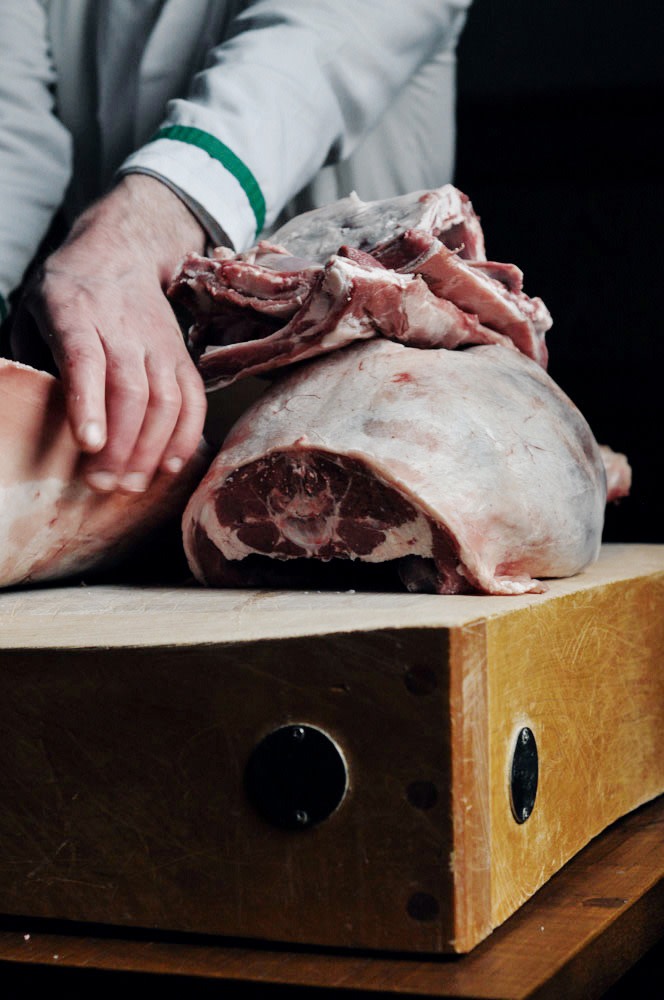
To explore the higher and more isolated ground here is to have a backstory spanning centuries revealed to you. The solitary adventurer can avail of a wealth of reference material – cartographer Tim Robinson’s Connemara or Paul Phelan’s walking guides. A day spent on any of these trails or hills is invigorating and inspiring. Afterwards, hungry and ruddy-cheeked, you’ll have earned your fireside reward of superb seafood chowder or traditional lamb stew – typical dishes of the region.
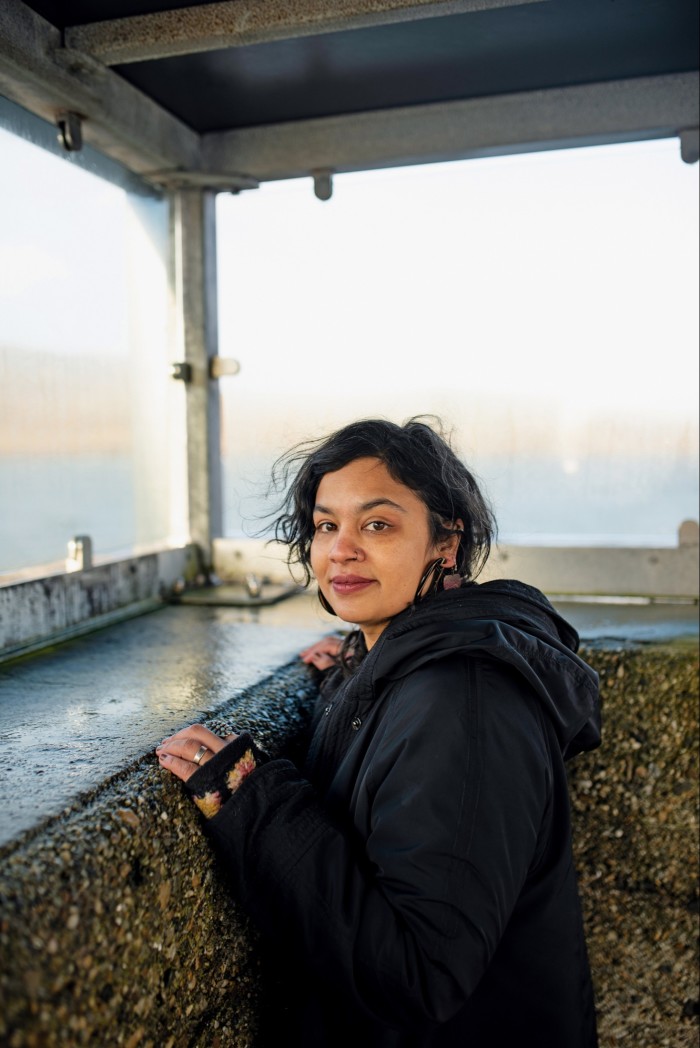
Clifden is made special by the innate sense of hospitality in its people, who look after visitors with an easy, intimate sincerity that has developed over generations. Its excellent pubs, eateries, guesthouses and hotels are run by local families. One such, The Quay House, is a short stroll from the centre. Owner Paddy Foyle’s exuberant style could easily have led him to set design instead of hospitality; here there’s a merging of both. On Main Street, Guy’s Bar is warm and welcoming, with great food. The small Friday market on the square consists of a bit of everything, from vegetables to hobnail boots and a few rugs thrown in for good measure – there is the tiny fish truck (with a queue from early morning) selling the best crabmeat in the world, and the yellow caravan from which issue the most delicious crepes. When school is out, children in navy uniforms form a surprisingly orderly line alongside it, sidling away with sugar-coated lips.
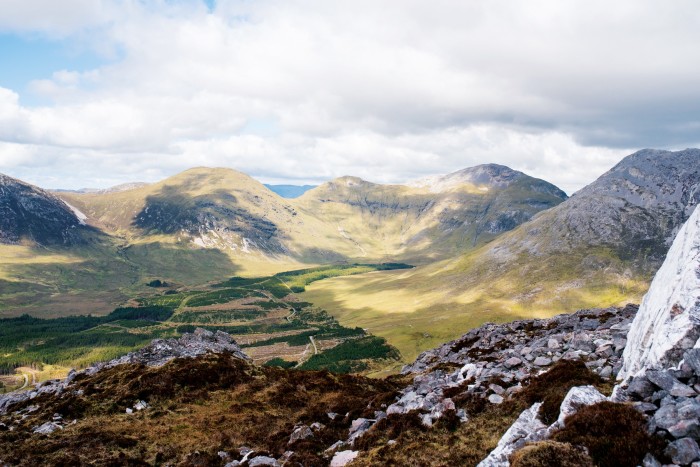
Traditionally, Connemara was dependent on the sea and small-holdings; its women created additional income through weaving, woollens and craft. Today they still drive many of the independent arts and crafts industries with an honest and authentic representation of Irish craftsmanship. Joyce’s, in the village of Recess, stocks work by master basket-weaver Joe Hogan and colourfully woven Crios belts by Liz Christy, along with coveted Connemara green marble and owner Mark Joyce’s own artwork.
Connections to the sea and the land remain strong here as well; what this part of Ireland lacks in abundance and diversity it makes up for in quality. Farmers allow their sheep to roam freely, picking heather from the hillsides and seaweed from the shore, resulting in a delicate and sweet flavour. The standout produce of the area is this hill lamb, which has attained PGI (Protected Geographical Indication) status, and seafood from the cold, clear waters of the Atlantic – the sweetest black-blue lobster, scallops, crab, cockles, oysters and mussels. It’s some of the finest in Europe, and much of it has historically made its way to the markets in Paris, so enjoying it in situ makes it even more special.
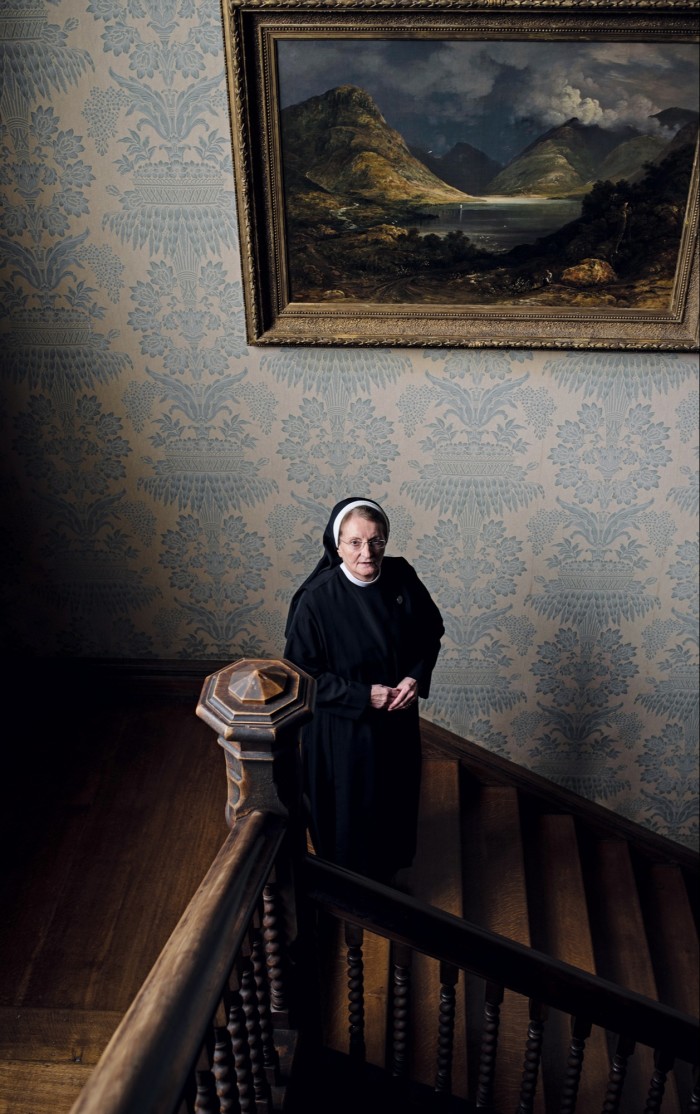
A dip in the frigid Atlantic is not for the faint-hearted, but it’s the most thrilling elemental experience of all. Connemara is skirted by pure white beaches, many of them gloriously empty; and locals swim here until November – and the more daring year-round. It’s worth it for the twin afterglows of refreshment and self-satisfied smugness.
Swim or no, the landscape on its own quickens the heart. The Wild Atlantic Way is one of the most spectacular marked coastal drives in the world (and the longest), and this region harbours some of its most jaw-dropping stretches, with the famed Connemara Loop winding through glacial valleys, seascapes and out-of-time villages. It was this beauty that attracted Mitchell Henry, who in 1868 built Kylemore Castle, his extraordinary neo-gothic home and walled garden, here. It’s now known as Kylemore Abbey, having been a Benedictine monastery since the 1920s.
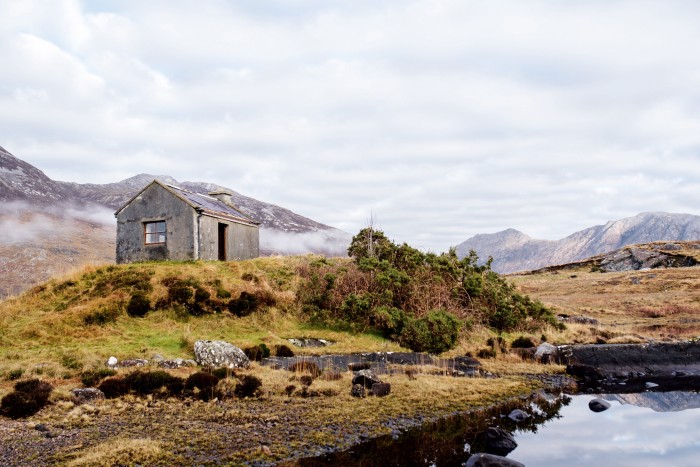
Further south in Roundstone, arguably Connemara’s most picturesque fishing village, there are creamy oysters and Guinness at the pub on the pier, or further up the village Roundstone House serves the simplest, juiciest pan-fried fish with chips in town. The beautifully rustic pottery gracing the tables of many of the finer restaurants in these parts is the work of Seamus Laffan, who has his tiny studio shop in the grounds of the old Roundstone monastery. And there is always the breathtaking coast: down nearly every side lane lies a quiet beach, ideal for a solitary picnic, even in the height of summer. The bumpy interior road between Roundstone and Clifden traverses a vast area of blanket bog with striking views of the 12 Bens; in warmer months it’s home to wild orchids, heathers and myriad tiny flowers.
The best season in Connemara is out of season. The weather is changeable at any time of the year – low winter sunshine on the bronzed bracken and yellowed sedge grasses of the bog is as captivating as the green and purple mountains of summer, and a solitary stroll along a beach in the mist can be more evocative than on a blistering summer’s day. There are countless ways to dive in all year round, whether through the inimitable experience of chasing across the strand to Omey Island at low tide on a hardy native Connemara pony, or making the trip offshore to the Aran Islands or Inishbofin (if leaving everything behind is your agenda, an island off an island will surely do the trick).
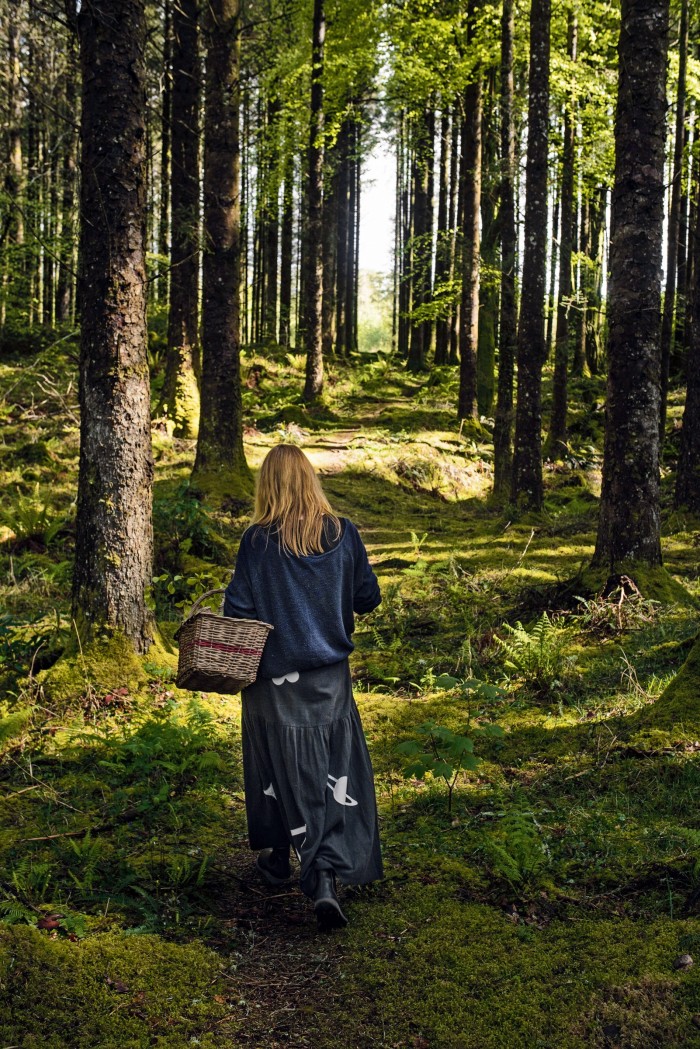
But the low cool-season light reveals its true beauty, and this is when the west imprints on you – when you become aware of the wind and the scent of turf smoke, when you feel the heartbeat of a pony through your palm and, uninterrupted, your pulse falls into the calming rhythm of the push and pull of the Atlantic.
Comments